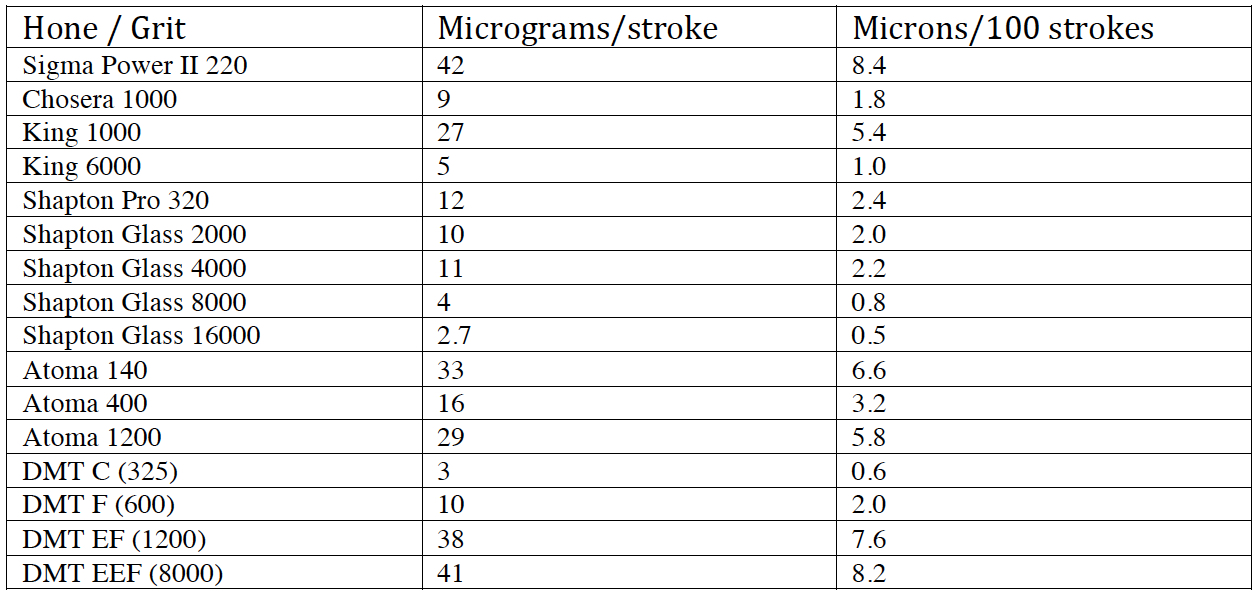- Joined
- Jun 10, 2013
- Messages
- 403
Is there a ranking of steels based on their potential sharpness, assuming all other factors are equal?
I've upgraded to Shapton Pro whetstones (320, 1000, 2000, 5000) and use a 1-micron green paste leather strop. I've sharpened various knives, including my Benchmade Griptilian with CPM 20CV steel, to a mirror-polished, scalpel-sharp edge. I define "scalpel sharp" as the ability to fully dry shave single pass without tugging or feeling the hairs being cut.
However, I can't achieve the same sharpness with my KastKing Fillet knife made of G4116 German steel, despite it having a thinner blade and a 10-degree edge. It has a smooth edge and can cut some hairs, but i can't stone it as sharp as my 20CV, or M4, or 154 steel blades.
Is this a limitation of the softer G4116 steel? Can it not achieve the same level of sharpness as harder steels like 20CV?
I've upgraded to Shapton Pro whetstones (320, 1000, 2000, 5000) and use a 1-micron green paste leather strop. I've sharpened various knives, including my Benchmade Griptilian with CPM 20CV steel, to a mirror-polished, scalpel-sharp edge. I define "scalpel sharp" as the ability to fully dry shave single pass without tugging or feeling the hairs being cut.
However, I can't achieve the same sharpness with my KastKing Fillet knife made of G4116 German steel, despite it having a thinner blade and a 10-degree edge. It has a smooth edge and can cut some hairs, but i can't stone it as sharp as my 20CV, or M4, or 154 steel blades.
Is this a limitation of the softer G4116 steel? Can it not achieve the same level of sharpness as harder steels like 20CV?

